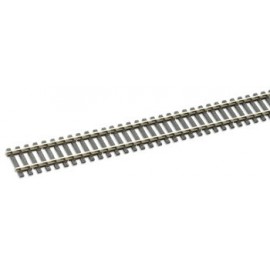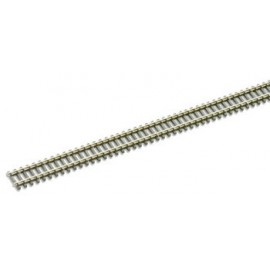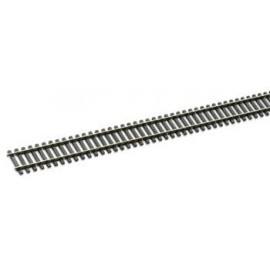Cyanoacrylate is best known as super glue. The best way to remove it is with acetone or an acetone-based product...
No products
Product successfully added to your shopping cart
There are 0 items in your cart. There is 1 item in your cart.
Search Tips
Christmas and New Year
We are dispatching orders every weekday apart from Christmas Day, Boxing Day and New Year's Day.
If you order is time critical, select next day delivery at checkout.
The shop in Sandown is closed from 25th December, reopening on 30th December.
What are the advantages of using nickel-silver rails rather than steel rails?
Nickel-silver rails are commonly used in model railways due to their many advantages over steel rails. Here are a few of the main advantages of using nickel-silver rails:
- Increased conductivity: Nickel-silver is a more conductive metal than steel, which means that the electrical current flows more efficiently through the rails. This can help to improve the performance of your model railway.
- Increased corrosion resistance: Nickel-silver is more resistant to corrosion than steel, which means that it will last longer and require less maintenance.
- Better appearance: Nickel-silver has a more realistic appearance than steel, especially when it comes to replicating the look of real-world railway tracks.
- Easier to work with: Nickel-silver is a softer metal than steel, which makes it easier to cut, shape, and bend to fit your track layout.
- Increased durability: Nickel-silver is a more durable metal than steel, it can withstand more wear and tear and is less likely to crack or break under heavy loads.
It's worth noting that nickel-silver rails are an alloy of copper, nickel and zinc and contains no silver. The Name Nickel-silver is derived from the resulting silver-like appearance. The exact ratio of the constituent metals can vary. The specific process of creating the nickel-silver alloy tends to make these rails more expensive to produce than their steel counterparts. That said, the advantages listed above mean that in the long-term they may well represent a better investment than their steel-based counterparts and as such, many model railway enthusiasts believe that the advantages of using nickel-silver rails outweigh the additional cost.
Click here to receive the tips weekly in your mailbox. You can unsubscribe at any time.










